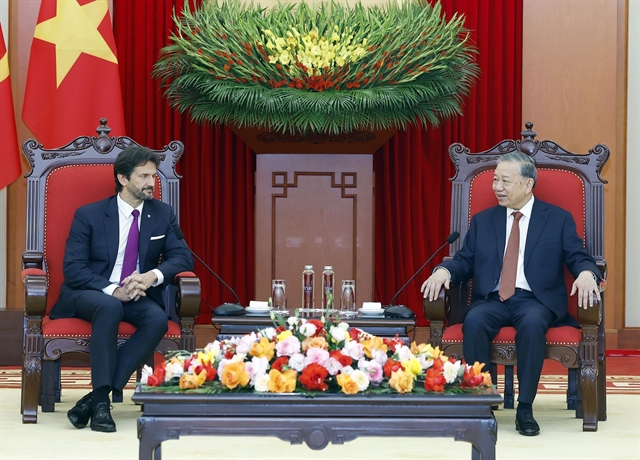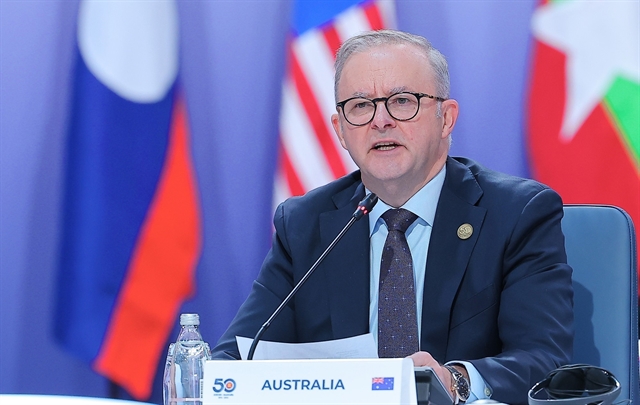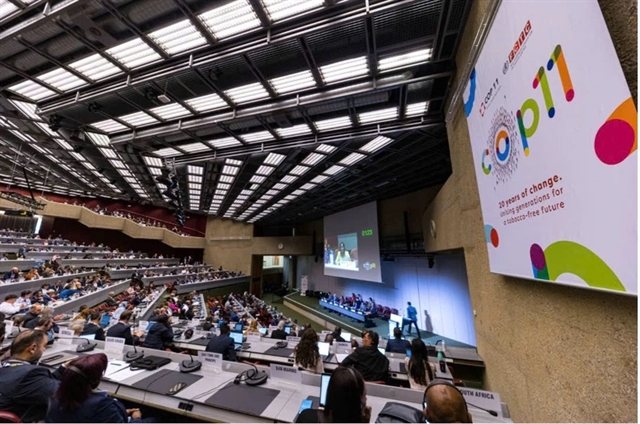 Economy
Economy

 |
| Australian Prime Minister Anthony Albanese at the three-day Special Summit. — VNA/VNS Photo |
HÀ NỘI — Australia on March 5 announced its plan to increase investment in the Association of Southeast Asian Nations (ASSEAN) by setting up a $1.3-billion finance package to boost trade and investment in the region.
The fund was announced by Australian Prime Minister Anthony Albanese at the three-day Special Summit commemorating the 50th anniversary of the ASEAN-Australia relations in Melbourne.
The fund will focus on clean energy and infrastructure and provide loans, guarantees, equity and insurance. Australia will also tip in an extra 140 million AUD (US$91.18 million) to extend an existing programme which advises the region on infrastructure projects.
Australia’s message is clear, the Australian Government leader said, stressing that more than any other regions, Southeast Asia is the future of Australia.
Besides major trade partner of China, Australia is looking to build economic relations with other partners. Meanwhile, fueled by years of rapid and sustained population growth, the ASEAN region is considered an emerging economic powerhouse.
In addition, Southeast Asia, a region with large reserves of important minerals and booming electricity demand, is also poised to play an important role in efforts to promote global clean energy.
Australia's new funding package will focus on exports, infrastructure and renewable energy projects. PM Albanese said this is "the most significant upgrade in Australia's economic commitment to ASEAN in a generation".
Climate change is a topic with a large presence on the agenda of the ASEAN-Australia commemoration summit. Southeast Asia's current "thirst" for energy is still mainly quenched by fossil fuels, while Australia is also one of the world's most polluting gas and thermal coal exporters. Therefore, both sides share a common desire to use renewable energy in the future. — VNS




